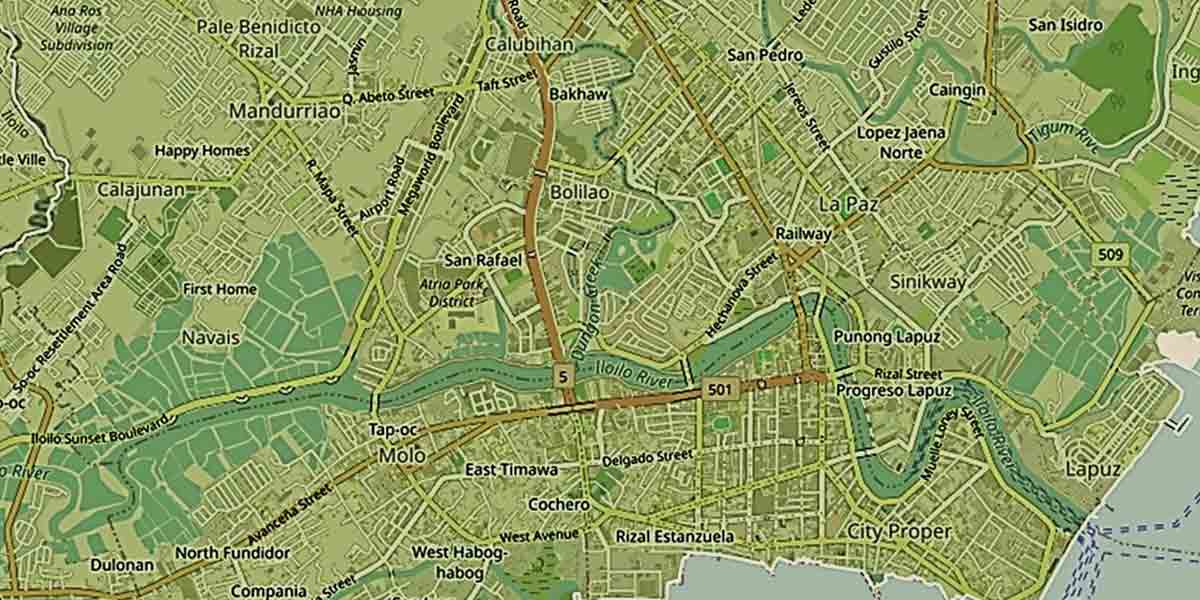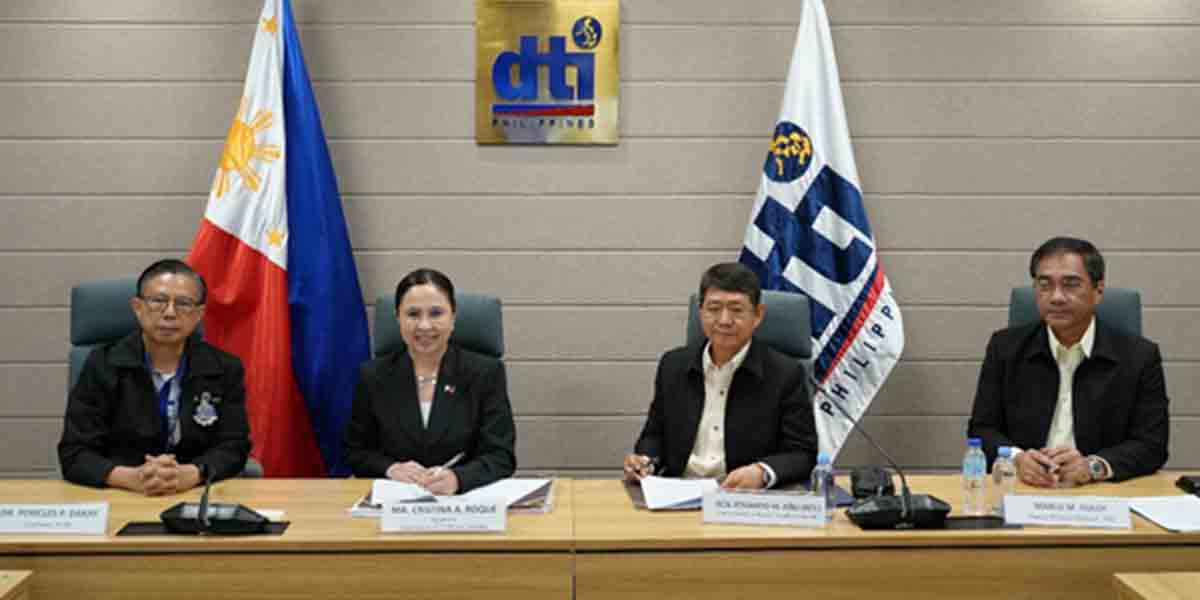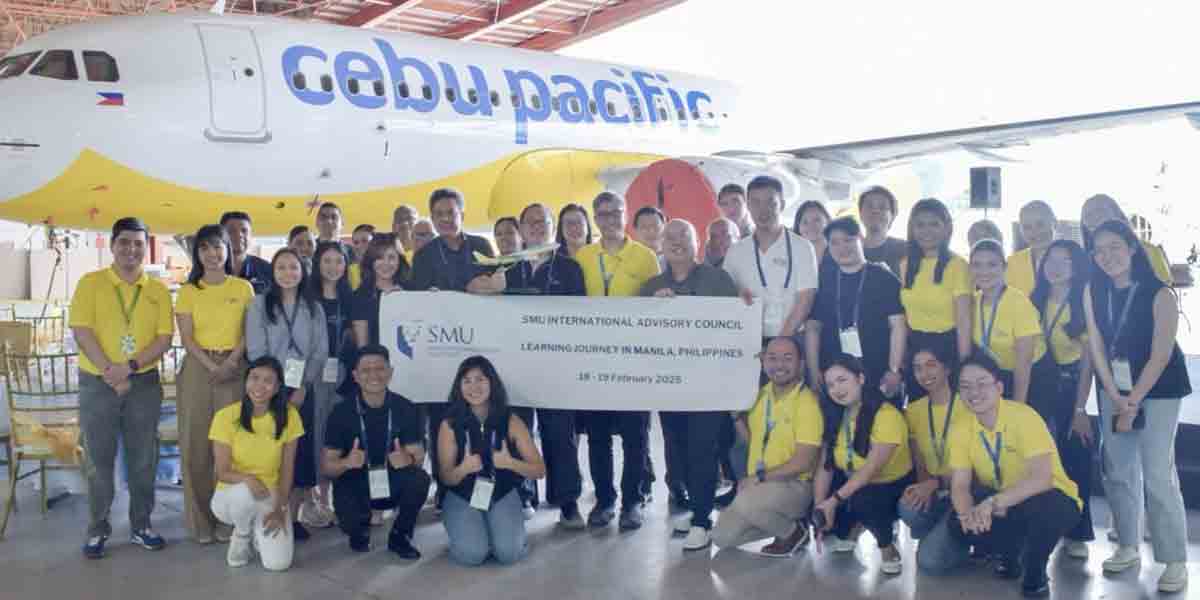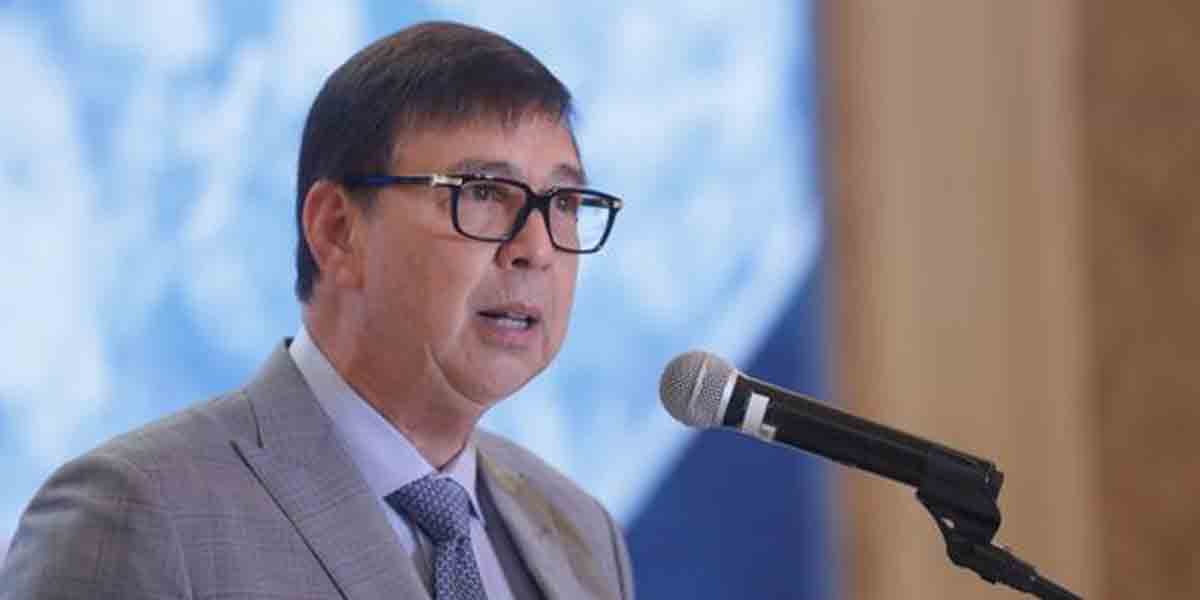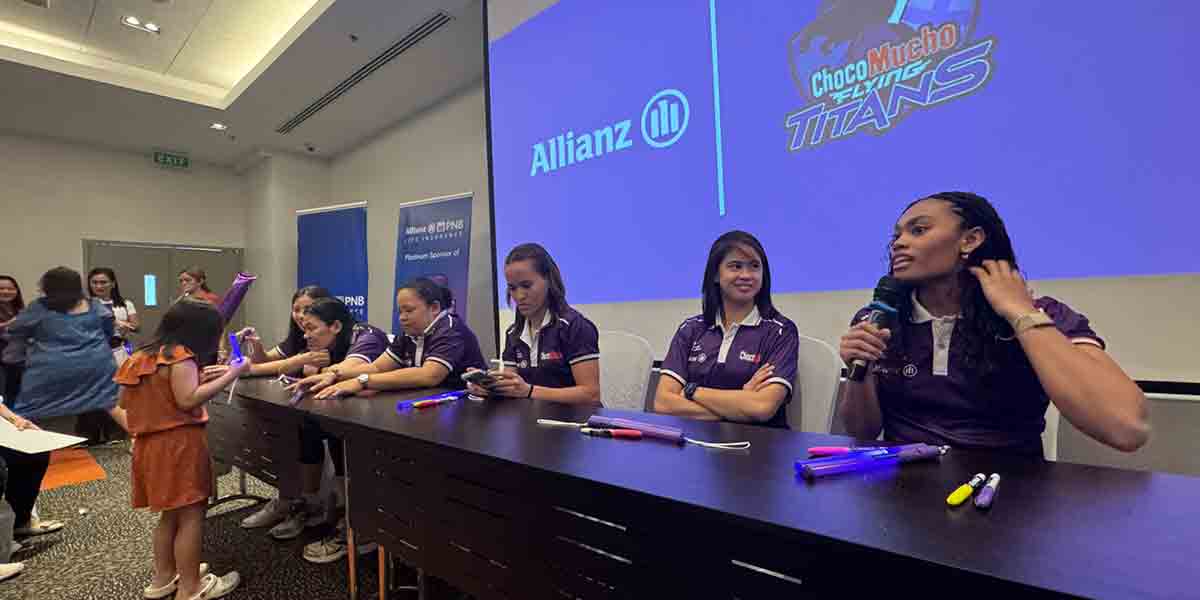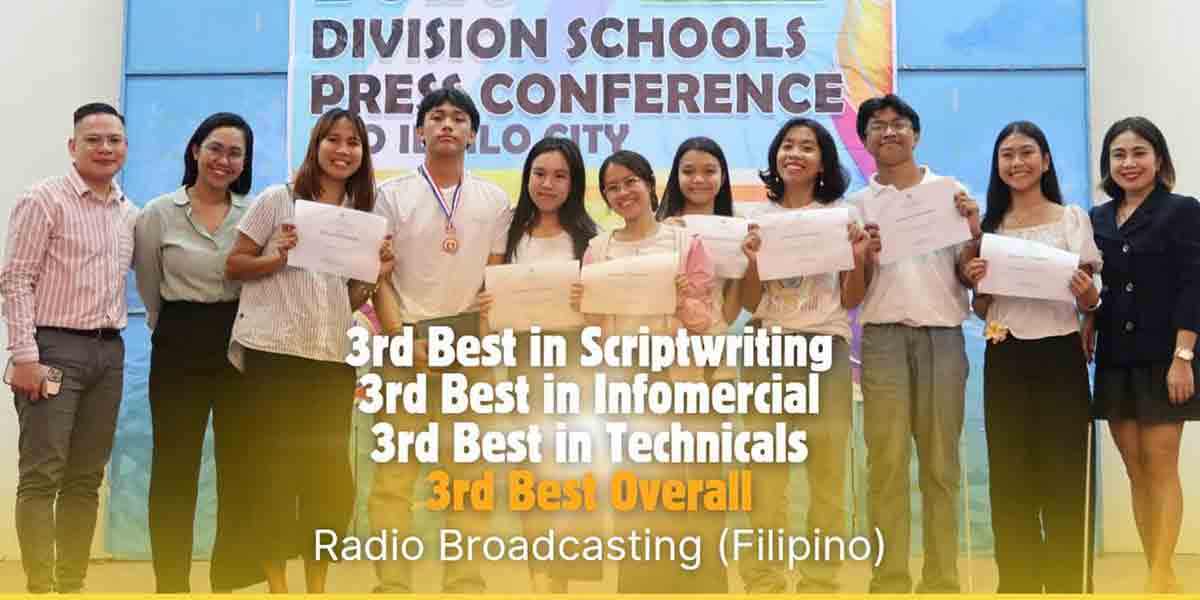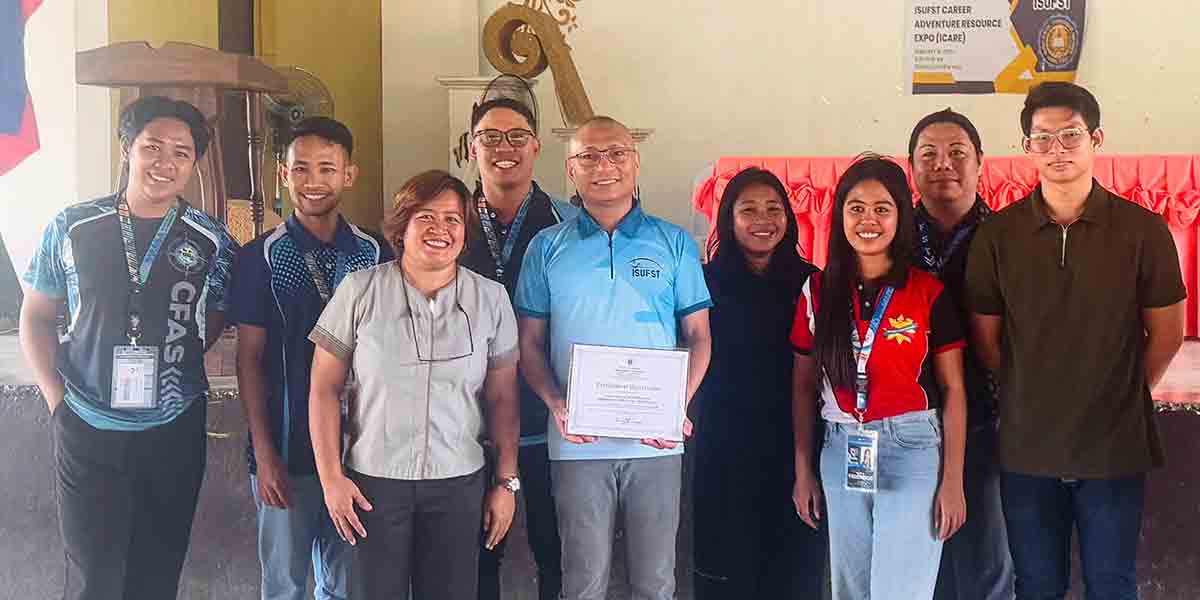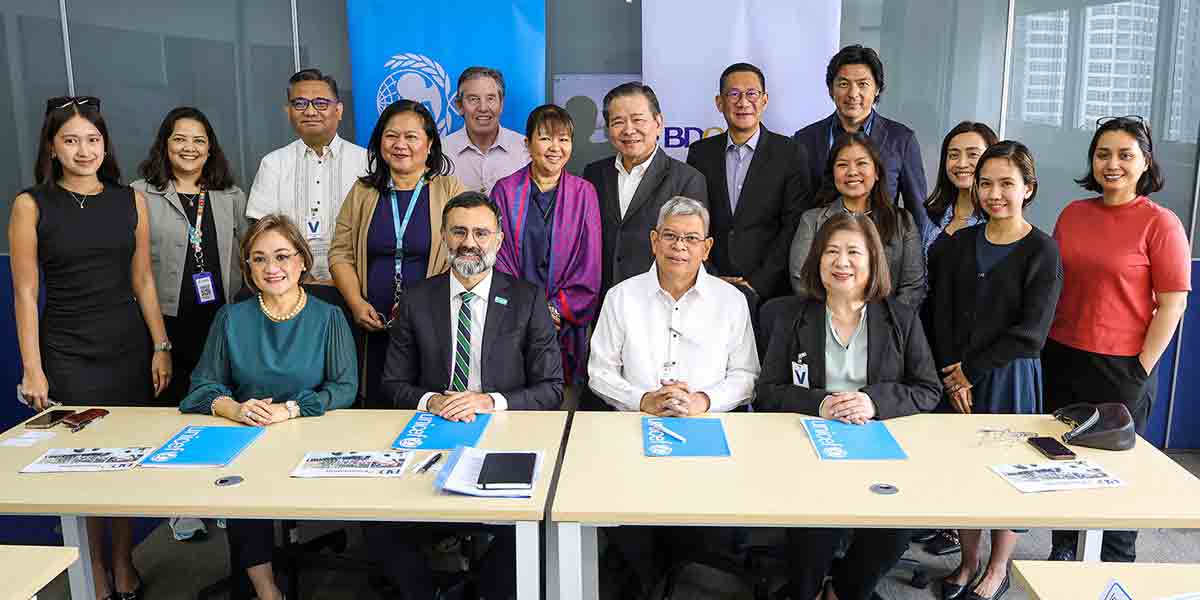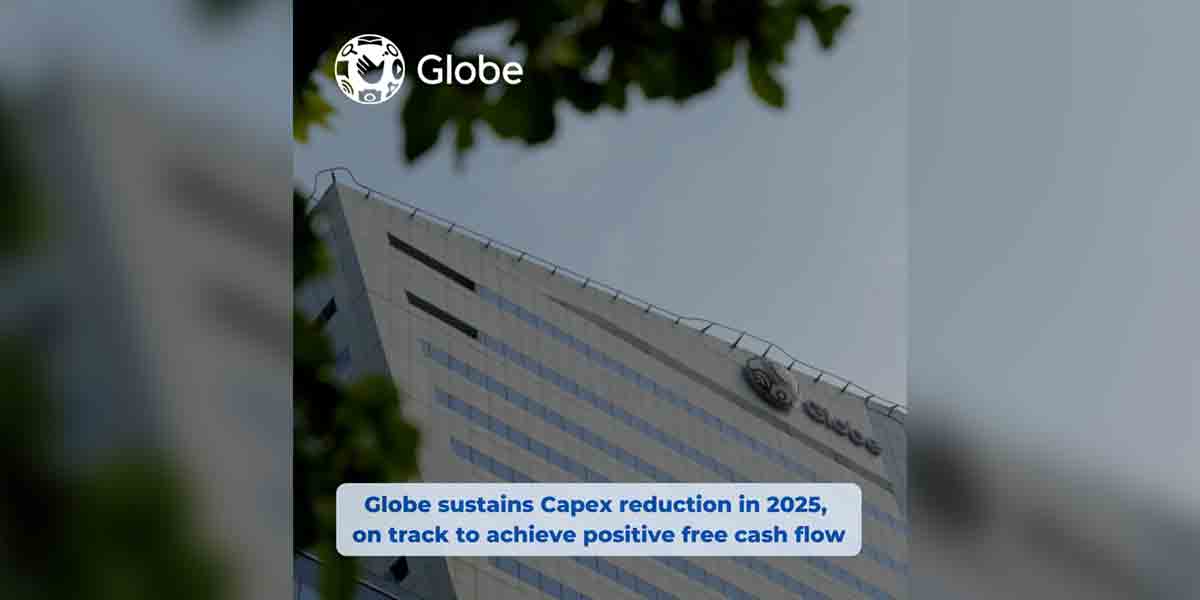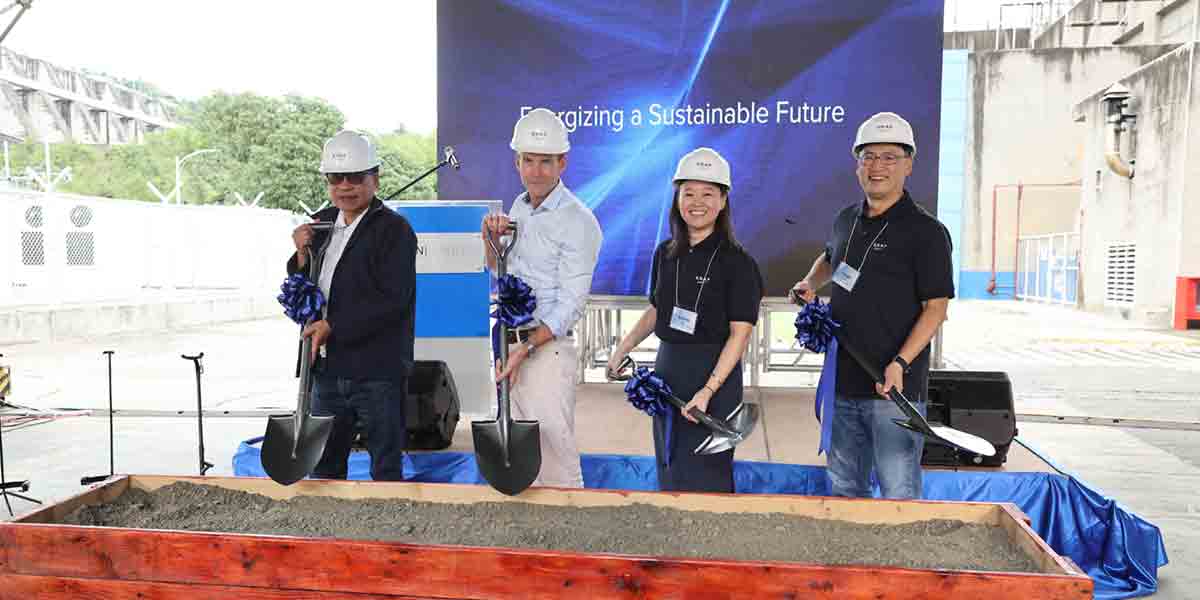By Atty. James Jimenez
It is important to know what words mean. And so, when the Commission on Elections recently published the long-awaited, General Instructions for the Electoral Boards on the Process of Voting, Counting, and Transmission of Election Results for the 12 May 2024 National and Local Elections and Bangsamoro Parliamentary Elections (what a mouthful!), I knew it was essential for us to discuss its Definition of Terms.
Unfortunately, as these things are usually written, the Resolution’s Definition of Terms is organized alphabetically. People who will be exposed to this information for the first time might, therefore, have a bit of a time trying to make sense of it all. So instead of presenting the information as is, I have endeavored to rearrange the terms into groups that, to my mind at least, gives much needed context, in the service of transparency.
The Automated Counting Machine
The heart of the Automated Election System (AES) the COMELEC defines the Automated Counting Machine (ACM) rather prosaically as “the voting machine that will be used in the 2025 National, Local, and Bangsamoro Parliamentary Elections.”
Not to nitpick, but this definition is not accurate as the ACM is not a “voting machine” but a “counting machine.” It’s in the name, right?
A voting machine is one which the voter directly uses to indicate their choice of candidate. In the US, they used to deploy lever machines, where you pulled a mechanical arm to physically mark a paper card that then served as your ballot. Nowadays, many American voting machines are built around what is called Direct Recording Technology, using an electronic voting interface that essentially enters a voter’s choices from the touchscreen interface, directly into the machine’s vote-counting ‘brain.’
This is not how we do things. We don’t use touch screen devices to indicate our votes. Instead, we have a manually filled-out paper ballot (as opposed to using a voting machine to do the job) which we then insert into the ballot counting machine. The machine then literally counts the marks that voter has made on the ballot. And that’s why it’s called an Automated Counting Machine – or ACM.
Verifiable Paper Audit Trail
Integral to the use of a counting machine, and an important transparency measure, is the Voter Verifiable Paper Audit Trail or VVPAT, which the COMELEC officially defines as: “the voter receipt generated by the ACM, after the feeding of valid ballot.”
Good solid definition, this time; one which resonates with the common name for this print-out: “resibo.” In the sense that the VVPAT reflects the choices made by the voter on his ballot, it is literally a receipt, or an acknowledgment by the ACM of the information that was fed into it.
While the requirement for a VVPAT has been in the Automation Law since 2010, its implementation has undergone a significant evolution. In 2010 and 2013, the prevailing understanding in the COMELEC was that a VVPAT referred to the paper ballot itself. In 2016, however, the Supreme Court ruled that the law required the counting machines – then called Vote Counting Machines or VCMs – to print out a separate and distinct paper trail as a kind of receipt for the voter’s vote.
But since no one had yet figured out how exactly the VVPAT could be used, and what legal weight could be assigned to it – questions that were not answered in the Automation Law – the use of the VVPAT in the 2016 and 2022 elections was rudimentary at best.
For the 2025 elections however, COMELEC has done its homework and actually put in place mechanisms and legal frameworks for the purposeful use of these powerful printouts. COMELEC has even gone so far as to cause the fabrication of a separate Voter Verifiable Paper Trail Receptacle – a thematically consistent attachment to the ballot box, where voters would drop their VVPATs after having reviewed them – to replace the makeshift cardboard boxes used in both the 2016 and 2022 elections.
National Technical Support Center
In 2025, more than a hundred thousand ACMs will be in play – a vast majority of these machines will be at the front lines of the precincts all over the country. The rest will be back-ups that need to be ready to go at a moment’s notice. Under those circumstances – where you have a huge number of electro-mechanical machines being operated, all at the same time, in various environmental conditions – it is inevitable that some machines will experience issues.
This is a reality often lost on COMELEC’s critics who, for some strange reason, would like the public to believe that anything less than a perfect no-problems-encountered scenario would be unacceptable. Social media is, in fact, full of this kind of trollish thinking.
In response to the inevitability of machine breakdown, the COMELEC runs a National Technical Support Center, or NTSC, which is defined as a kind of call-center “where all AES-related
issues and concerns nationwide are reported, addressed, and resolved.”
Think of it this way: the NTSC is a centrally located pool of knowledge and operational capability that sits at the center of a nationwide network of field technicians.
Wherever ACMs are used, COMELEC deploys a DOST-certified technician who monitors the performance and health of the ACMs. The network is so large that, on election day, COMELEC is almost literally the largest employer in the Philippines. These technicians receive reports of issues with the ACMs as they happen, perform field diagnostics and repairs where possible, and – when needed – call in for replacement units. At every stage, they coordinate their activities with the NTSC.
When things run smoothly, the NTSC becomes a knowledge bank that catalogues all possible issues with the ACMs and makes that information available to all other technicians who are tending to the other ACMs. Despite how boringly it is defined, the NTSC is actually the thrumming hub of a quick-response system that that the COMELEC has been perfecting for years.
More to come
And that’s just three of the terms you will be hearing in conjunction with the 2025 National and Local Elections. Come back to this space for more to come.


